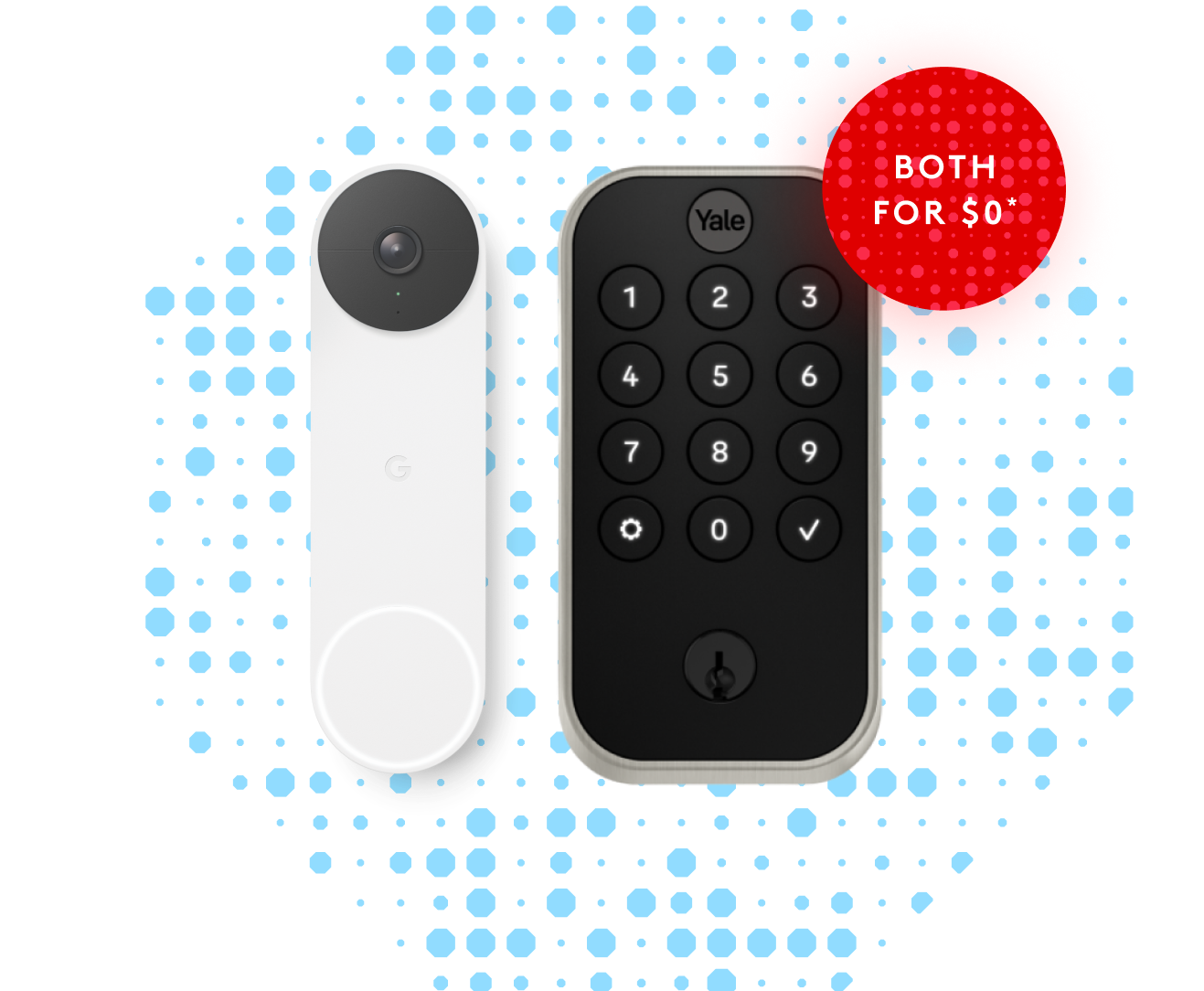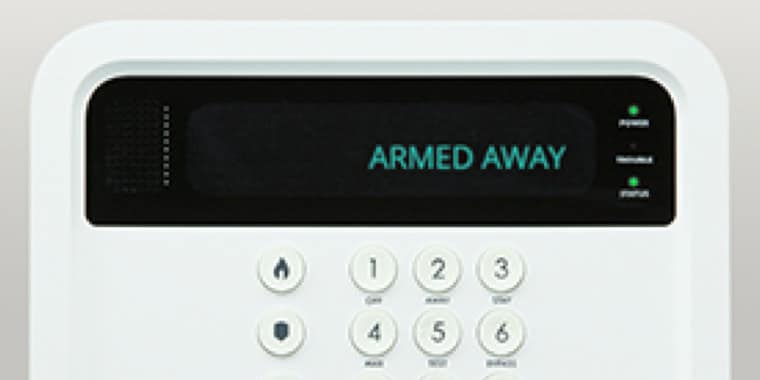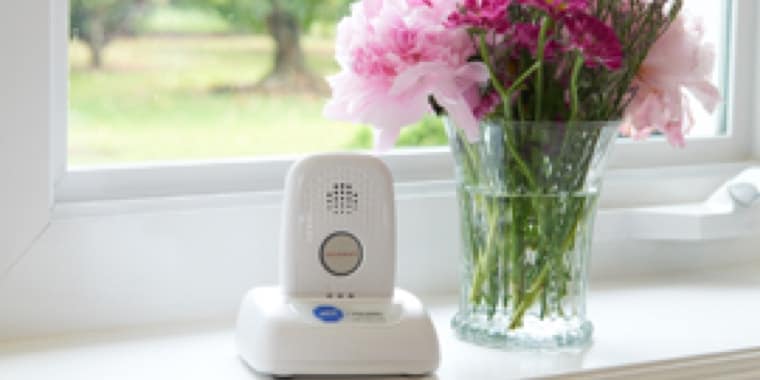The topic of aging can often be fraught with emotion, stigma, and cultural expectations around what it means to get older. While seniors understandably want to maintain independence, there comes a point where their family, friends or caregivers realize that it might be time to consider taking extra precautions and explore the possibility of integrating a Personal Emergency Response System (PERS), or medical alert system, into their care routine.
Why consider a PERS
While a PERS provides benefits to both the caregiver and the senior, there are often many unspoken anxieties on both sides—from the senior feeling like they’d be “admitting defeat,” to a caregiver assuming that the PERS is cost prohibitive. Furthermore, many people hold off on getting a system because they’re not sure it’s time and no tangible event has occurred to warrant action. But even if a caregiver lives close by, waiting for a fall or hospitalization isn’t the answer—you can actually help prevent accidents like these that may cause deterioration and loss of independence by starting the conversation about a PERS proactively.
The “Talk”
The first step in opening up the conversation about considering a PERS with your loved one is to discuss, and hopefully ease, their concerns. Understanding that a PERS may signify a loss of independence to seniors, it's important to provide information that shows that this doesn't have to be the case.
- Increased level of comfort: A PERS may help enable seniors to safely age in place longer than they could without one. Additionally, a loved one may be more open to the idea after hearing how a PERS may assuage their caregiver and loved one’s concerns. Phrases like “This is about giving us both more freedom,” or “We won’t have to worry anymore” would work well here.
- Greater flexibility: Tied closely to a desire to maintain their independence, seniors and caregivers often note the importance of their having cellular and GPS capabilities to ensure protection on the go, maintaining their freedom and normal routine outside the home. Wearable devices are also key considerations for ease of access and mobility. Because of this, size and aesthetics are important. Showing your loved one their wearable PERS options, which can be as small and discreet as a sport watch or a pendant – and are even waterproof – may help ease concerns regarding how they may look to the outside world, and in turn, how they feel on the inside.
For seniors who are able to take care of themselves in the home, a PERS is a fantastic solution allowing them to maintain their quality of life, feel empowered, and ease concerns about well-being that loved ones may be harboring. Like these conversations, the relationship between a loved one or caregiver and a senior can be delicate, but ultimately, they are rooted in love, compassion, and desire to see both parties happy and healthy. Keep this core belief in mind, and you can enter into these tough conversations with open eyes and minds. To learn more about ADT’s PERS solutions and how they’ve changed the lives of seniors around the world, visit: https://www.adt.com/health.





